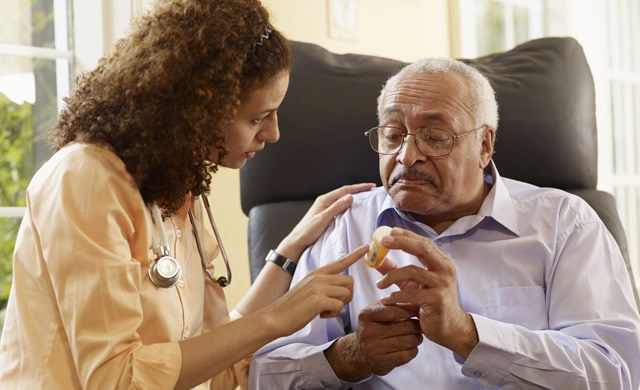
Obesity in the Latino Population: What We As Physicians Can Do
10/01/2013 07:16PM | 9631 viewsThe Latino population is now the fastest growing immigrant population in the U.S.; it’s also far from the healthiest. In Los Angeles, (where I, a Latino cardiothoracic surgeon, have lived and practiced for decades) 60 percent of Latinos are overweight and 40 percent are obese. To look at just one subgroup nationwide, Mexican American women are 40 percent more likely than non-Hispanic women to be overweight, according to 2010 data from the Center for Disease Control and Prevention.
Unsurprisingly, diabetes and cardiovascular disease are the two most frequent medical health concerns within the Latinos population. For example, Hispanic baby boomers – 20 percent of the next generation of older adults – have poorer outcomes for such metrics, as well as for self-rated health scores.
Much of the explanation rests with traditional diet. Thanks to staples like corn and beans, food consumption is not only high in starch, but also low in vegetables and fruits. Compound this with the fact that, traditionally, family and community gatherings among Latinos are frequent and food-centered, reliant on dishes high in animal proteins, fried items, cheeses, creams, and cooking fats, such as lard and corn oils. Often, many of these components are all folded into a single dish, like nachos, crispy pork rinds, or refried beans.
The CDC also shows that this population is less physically active than others, a trend tied to socioeconomics. While each patient is different, many Latino families are in a financially difficult situation, with parents holding multiple jobs. This leads to less time to exercise. And, to double back to diet, fewer resources to spend on healthy food. Fast food then becomes the order of the day).
These are all circumstances that are tough to influence in a doctor’s office. Yet there is much we can do. Should you be dealing with an overweight or obese Latino patient, ask about what specific foods he or she is consuming. If the diet is composed of much of above, suggest targeted substitutions in additional to more conventional advice. Salsa instead of guacamole, or replacing lard and other cooking oils with olive oil, can have a strong impact on fat and calories consumed, for instance. If Latinos are a large or growing part of your patient population, a handout or page on your website could speed up the process.
Daily exercise can be done for short periods of time and does not necessarily involve costly equipment or changes in scenery. Going for a walk outside is cheap and quick and easy. When developing an actionable activity strategy, also think about ways parents could work some physical component into family gatherings, effectively removing some of the focus on food consumption.
Just in time the last Cinco de Mayo celebration a few weeks ago, news channels in Southern California began showing a plethora of food and beer commercials. Moreover, new research from the University of Arizona shows that while 3/4 of advertisements between English-language children’s shows are junk-food related, when Spanish-language shows are on, the number jumps to 84 percent. This needs to change, and many school government programs are on it. Yet our role as physicians is also key. We do not have to change worlds – just lifestyles, a little bit at a time.










Post your Comment
Please login or sign up to comment
Comments